How did the image of a steelworker come to appear on China's banknote? Find out story behind it in the country's rustbelt, which is regaining its shine.
SHENYANG, Nov. 18 (Xinhua) -- A five-yuan banknote featuring a steelworker, who carries a poker in front of a furnace, has evoked a feeling of nostalgia in many Chinese at a popular exhibition at the Shenyang Financial Museum.
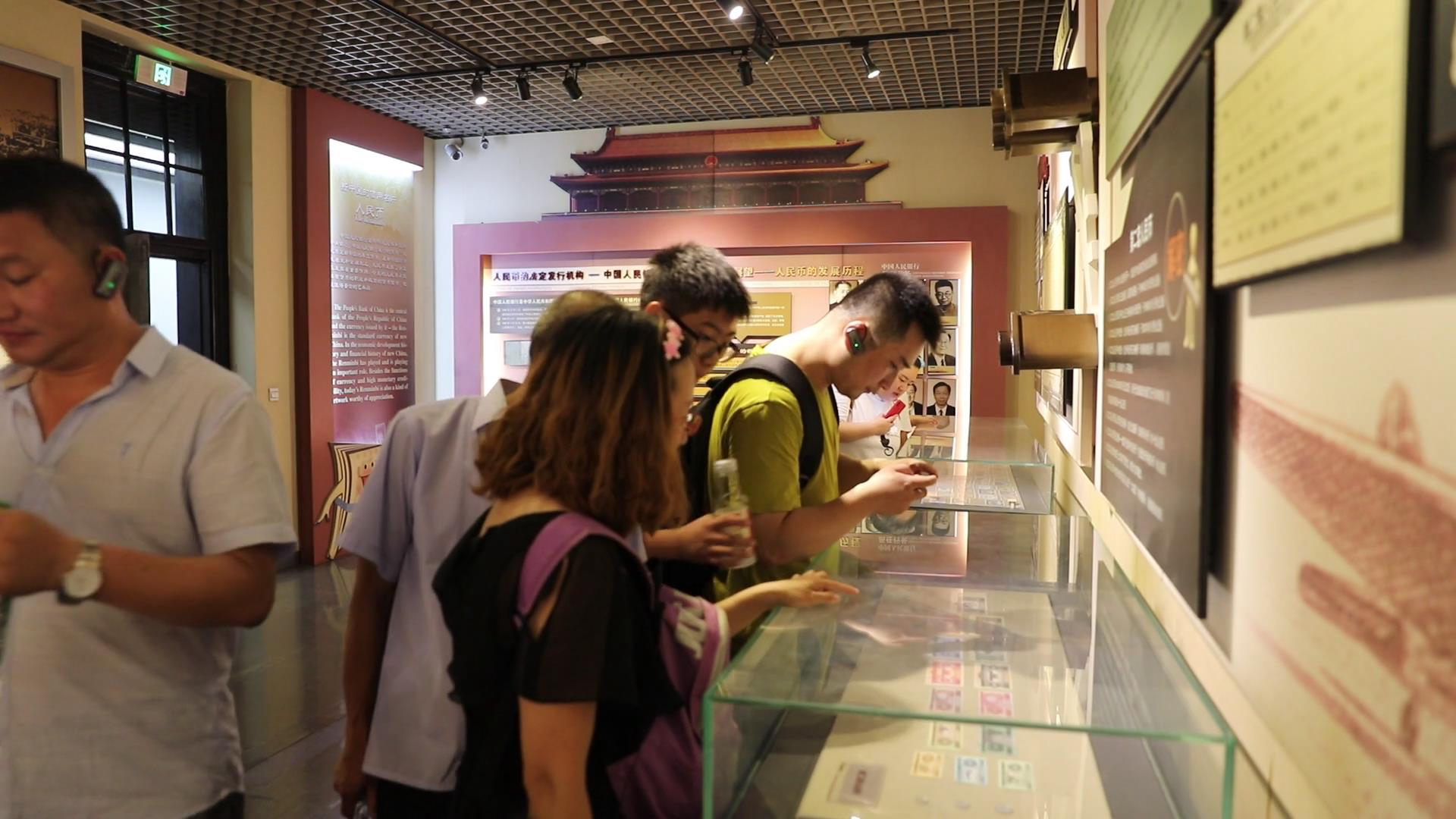
Visitors attend an exhibition at the Shenyang Financial Museum in Shenyang, capital of northeast China's Liaoning Province, Aug. 6, 2019. (Xinhua/Zhao Yong)
"This five-yuan note issued in the 1960s is particularly noteworthy. It has won worldwide acclaim for its design and colors," said Liu Lei, deputy director of the museum's research office.
One out of five people worldwide use RMB, China's currency. As a leading symbol of the Chinese nation, the images on these banknotes depict the economic and social development of new China over the past seven decades, Liu said.
How did the image of a steelworker come to appear on the note? The answer can be found in Ansteel, "the cradle of China's steel industry."
Ansteel began operation only 12 weeks before the People's Republic of China was founded on Oct. 1, 1949. After decades of warfare and chaos, China's annual steel output was only 158,000 tonnes back then, accounting for 0.1 percent of the world's total.
Thus, the country began to invest heavily in the steel sector, due to its essential role in industrial development.
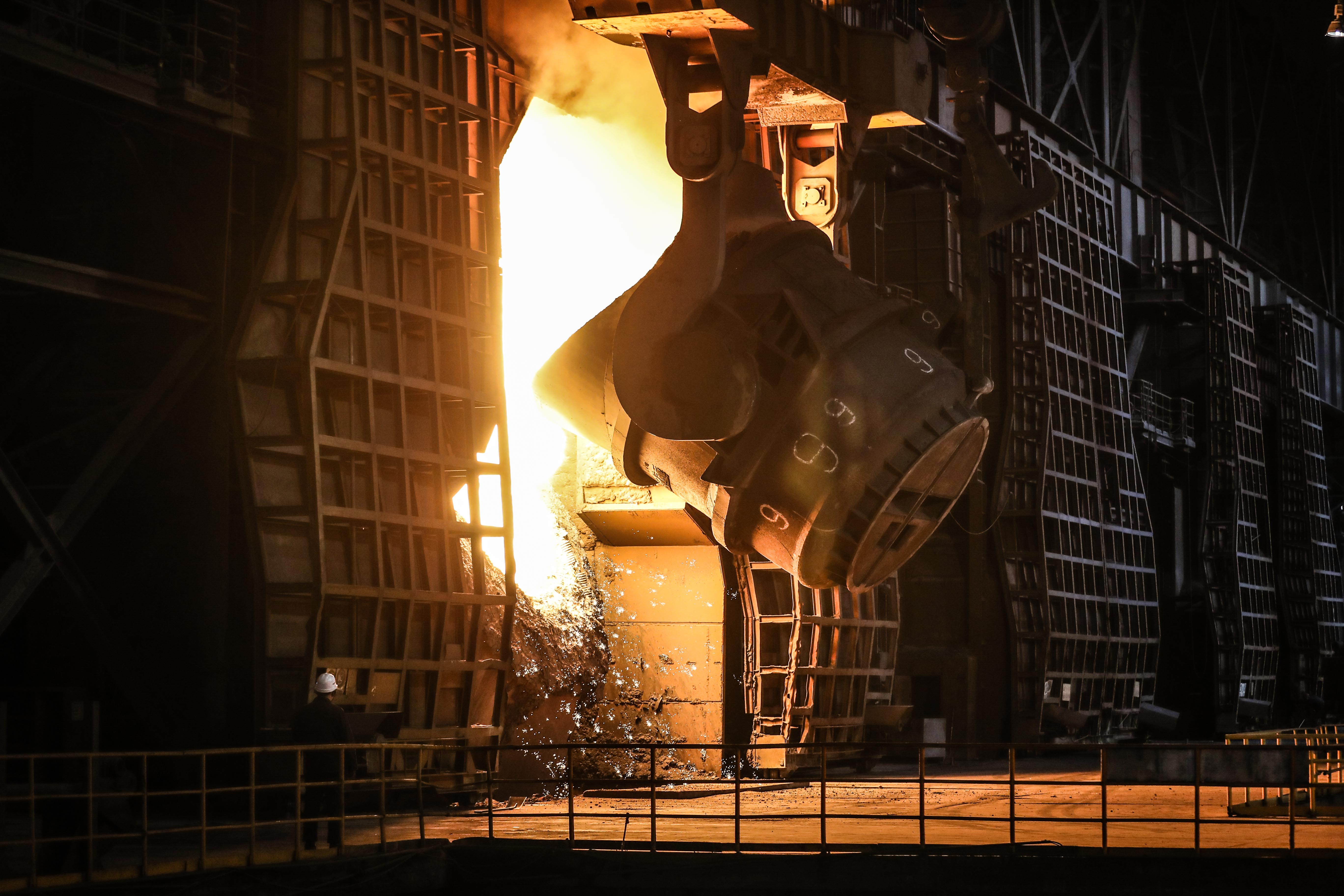
Steel workers are working in a plant of Ansteel in the city of Anshan, northeast China's Liaoning Province, July 5, 2019. (Xinhua/Pan Yulong)
In the city of Anshan in northeast China's Liaoning Province, where Ansteel is located, nearly every household is connected to the steel industry.
Following in the footsteps of his father and grandfather, Wang Dong became a steelworker in 2004 after he retired from the army.
"I often went to my father's workplace when I was a kid. It was very dusty. He had to stand on a wooden board which insulated the heat from the floor," said the 43-year-old Wang.
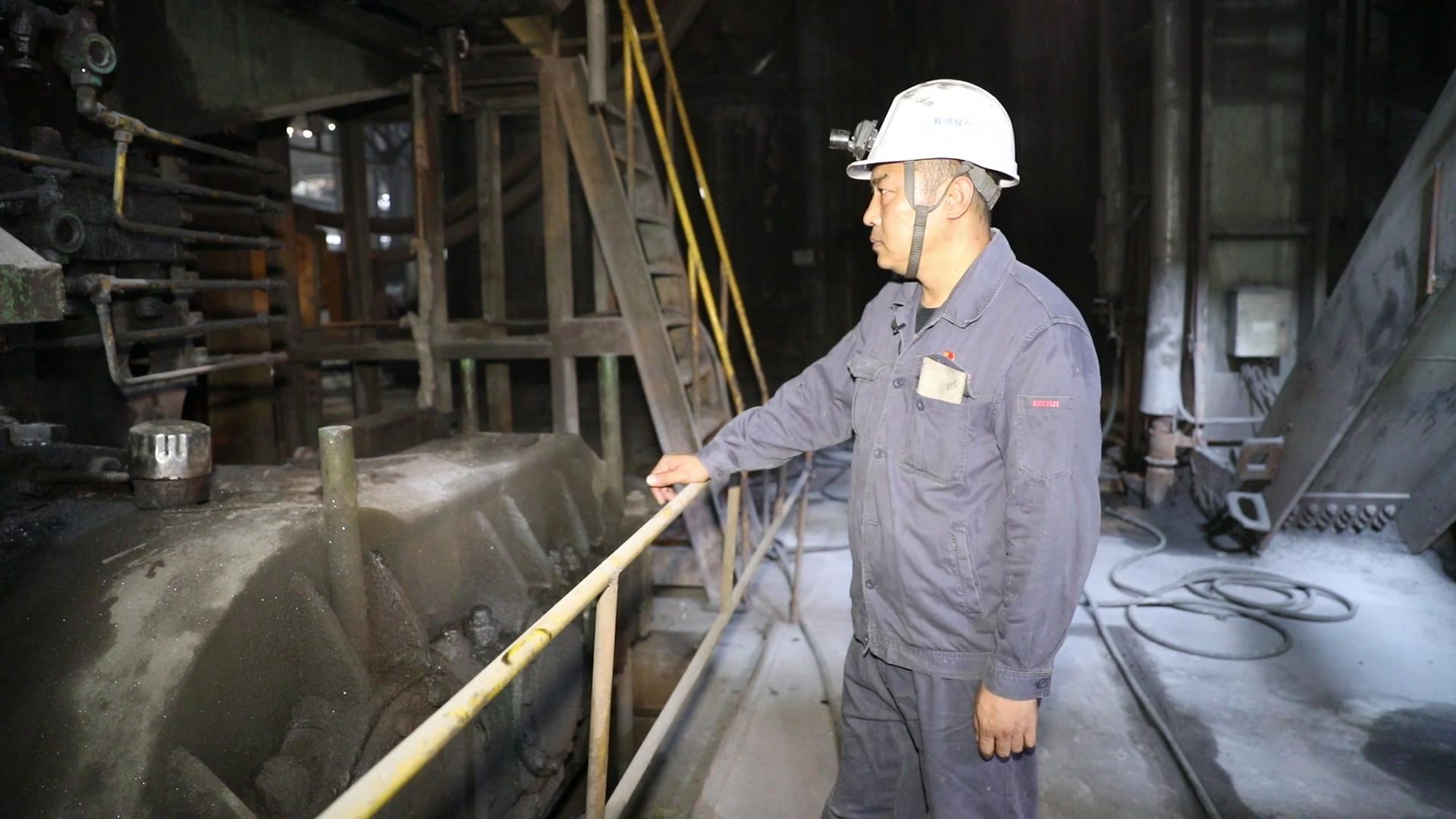
Wang Dong, a steelworker of Ansteel, is working in a plant of the company in the city of Anshan, northeast China's Liaoning Province, Aug. 9, 2019. (Xinhua/Zhao Yong)
Now the workplace has been automated, and living and working conditions of steelworkers have been improved. Wang describes himself as a doctor for the machines. Thanks to his job, he was able to marry, buy an apartment and a car.
"Workers of my father's generation are hard-working and willing to make sacrifices, while the new steelworkers should embrace innovation and keep learning new technologies," he said.
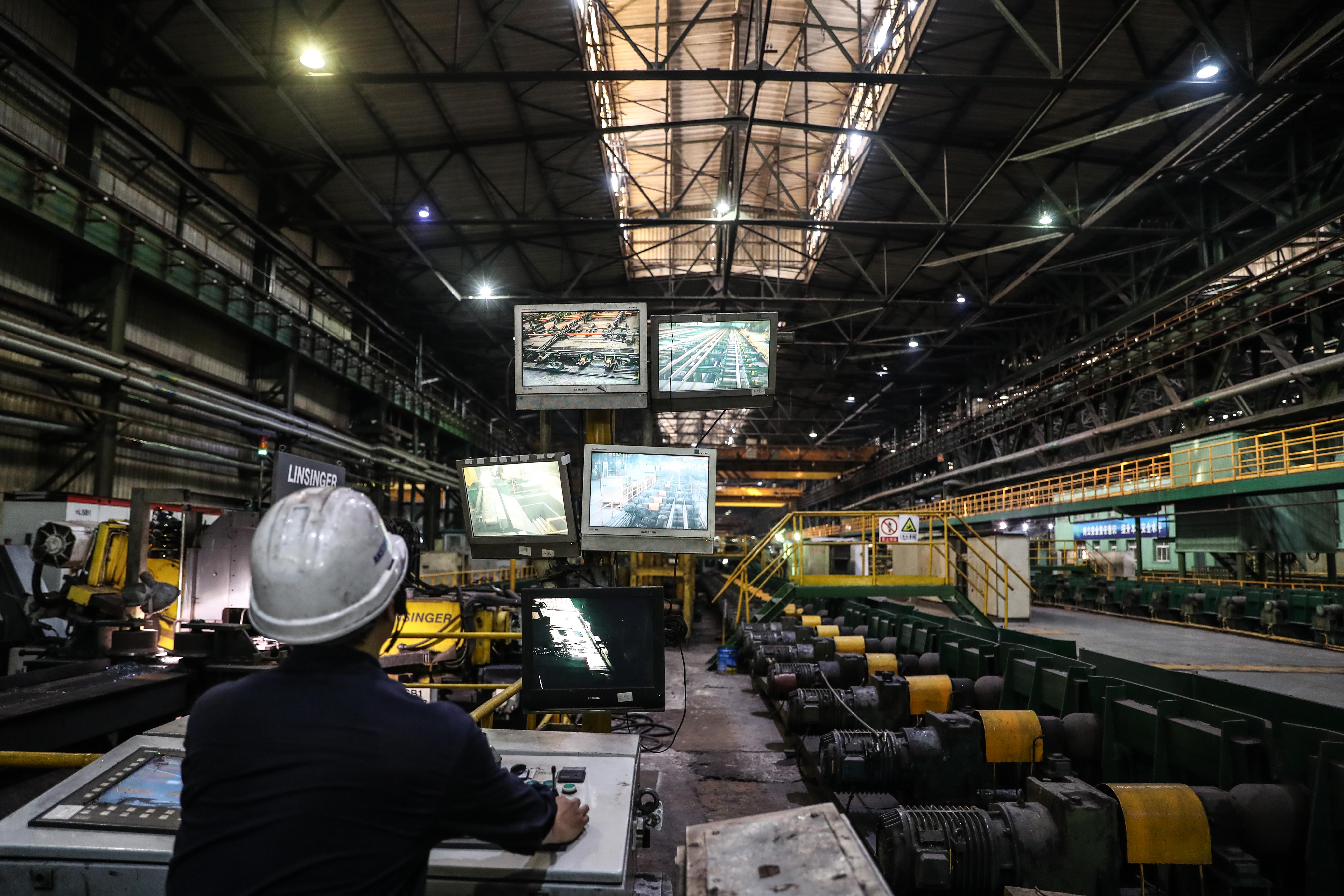
A worker is monitoring a production line in Ansteel in the city of Anshan, northeast China's Liaoning Province, July 5, 2019. (Xinhua/Pan Yulong)
Now, Ansteel is able to produce around 39 million tonnes of steel a year. The company's advanced steel can be found in many key projects, such as the Qinghai-Tibet Railway, the Bird's Nest, the country's first aircraft carrier -- the Liaoning, and the Hong Kong-Zhuhai-Macao Bridge.
On the back of its booming heavy industry, northeast China, which includes Liaoning, Jilin and Heilongjiang provinces, was among the first regions in China to become industrialized.
However, over time, it gradually fell behind coastal areas of the country in part due to shrinking resources and industrial structural problems like overcapacity.
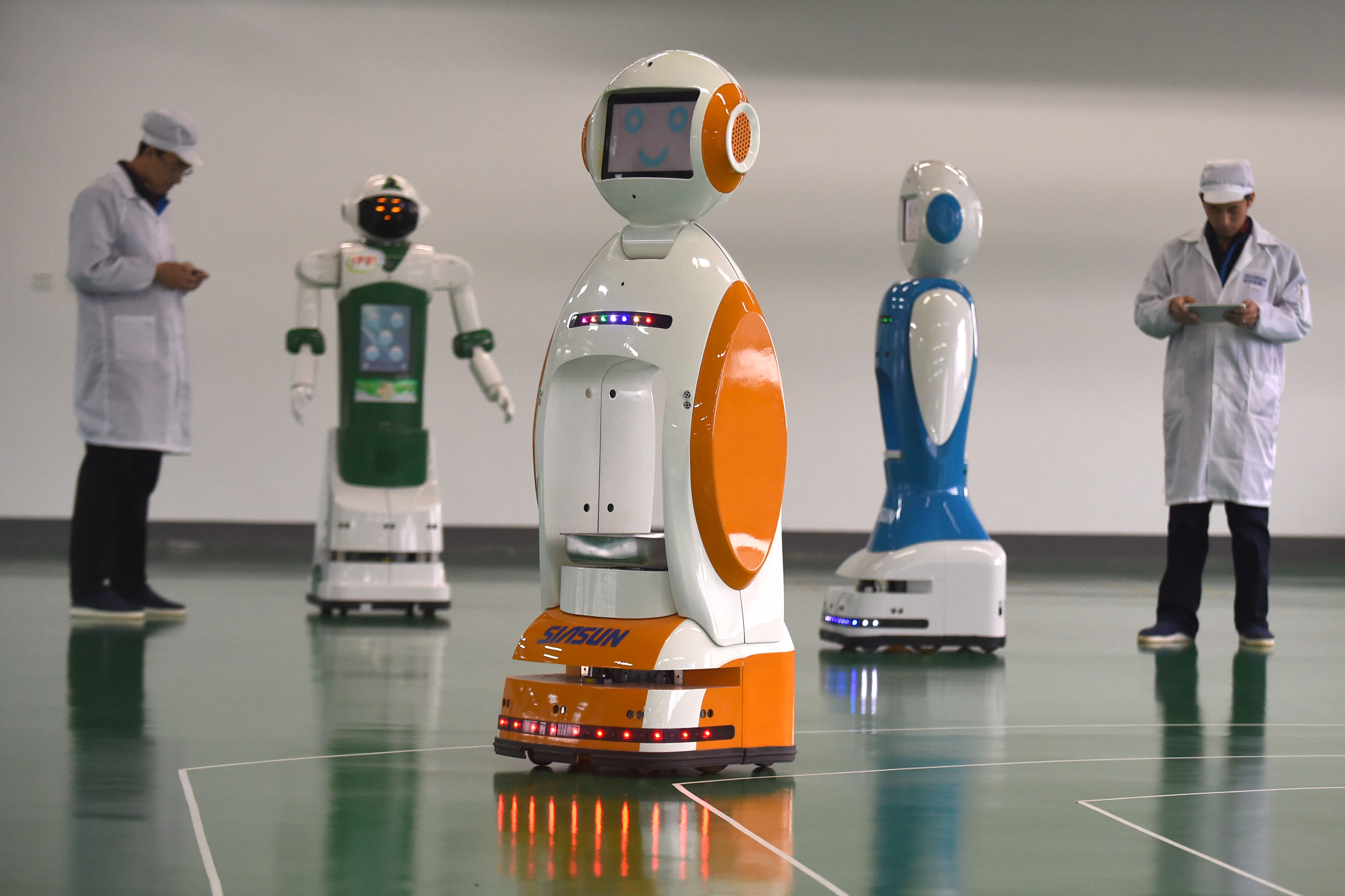
Technicians are testing robots in a workshop of Siasun in Shenyang, capital of northeast China's Liaoning Province, April 12, 2016. (Xinhua/Pan Yulong)
As China deepens supply-side structural reform in pursuit of quality growth, its old industrial base is trying to foster new growth engines.
In Siasun, a "robot kingdom" around 100 km away from Ansteel, people are focusing on the senior care sector, serving the future of humanity.
Li Xuewei, general manager of Siasun's medical and health robot division, joined the company in 2001. He led a team three years ago to develop medical and senior care robots, which hit the market last year.
"Chinese society is aging. As Chinese people grow wealthier, they are demanding a better quality of life and better health services. Here intelligent equipment can help," Li said.
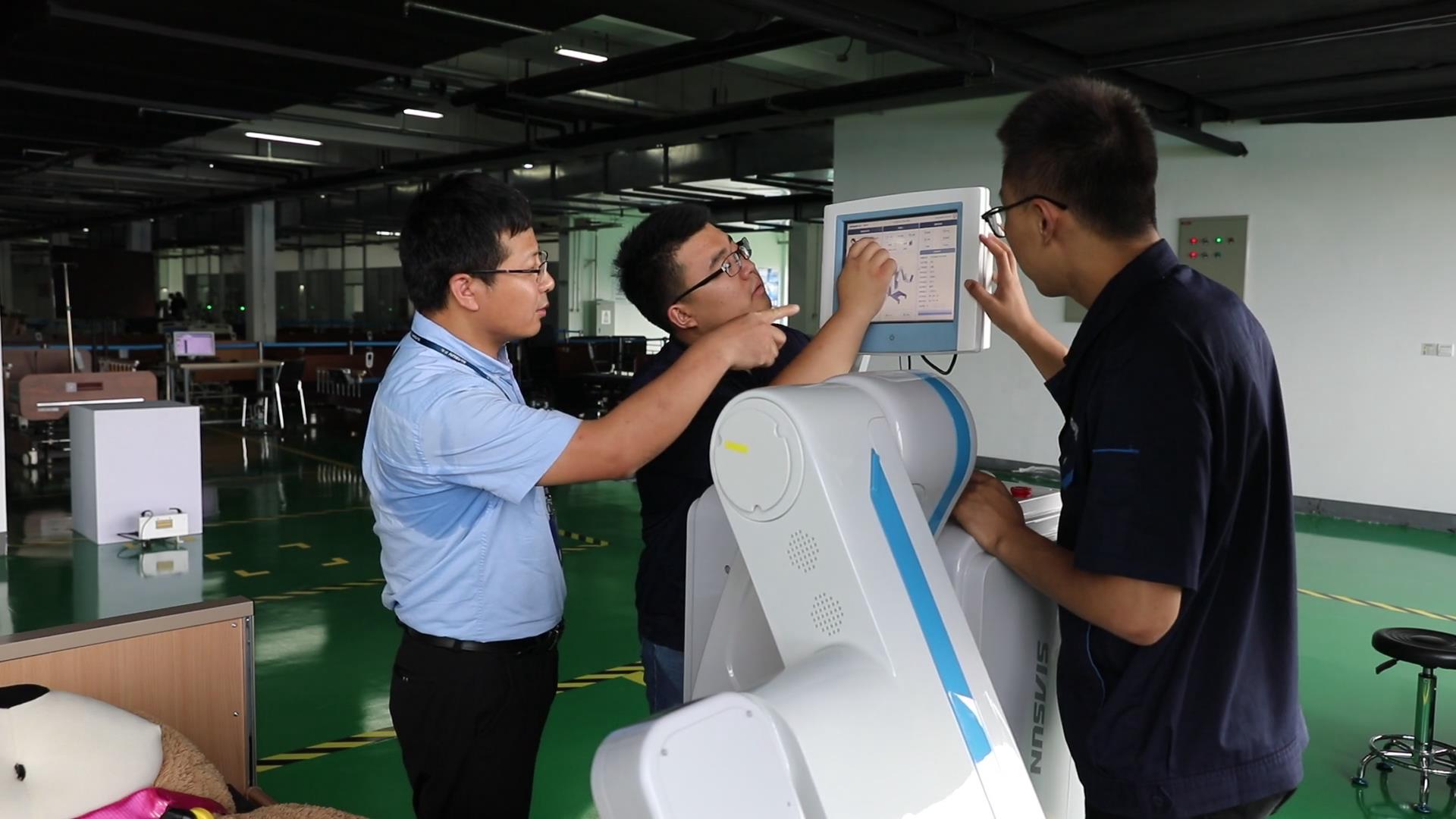
Li Xuewei (1st L), general manager of Siasun's medical and health robot division, is testing a machine in a workshop of Siasun in Shenyang, capital of northeast China's Liaoning Province, Aug. 8, 2019. (Xinhua/Zhao Yong)
Among the company's products, electric adjustable beds are the most popular. Users can control the beds with their mobile phones, tablets, voice or eye movements, assisting them to sit up and roll over.
Having experienced both glory and decline, China's northeastern region has been going all out to transform itself and attract not only domestic firms like Siasun but also international investors.
German automaker BMW Group set up a joint venture in Shenyang in 2003, which has grown to be its largest production base worldwide.
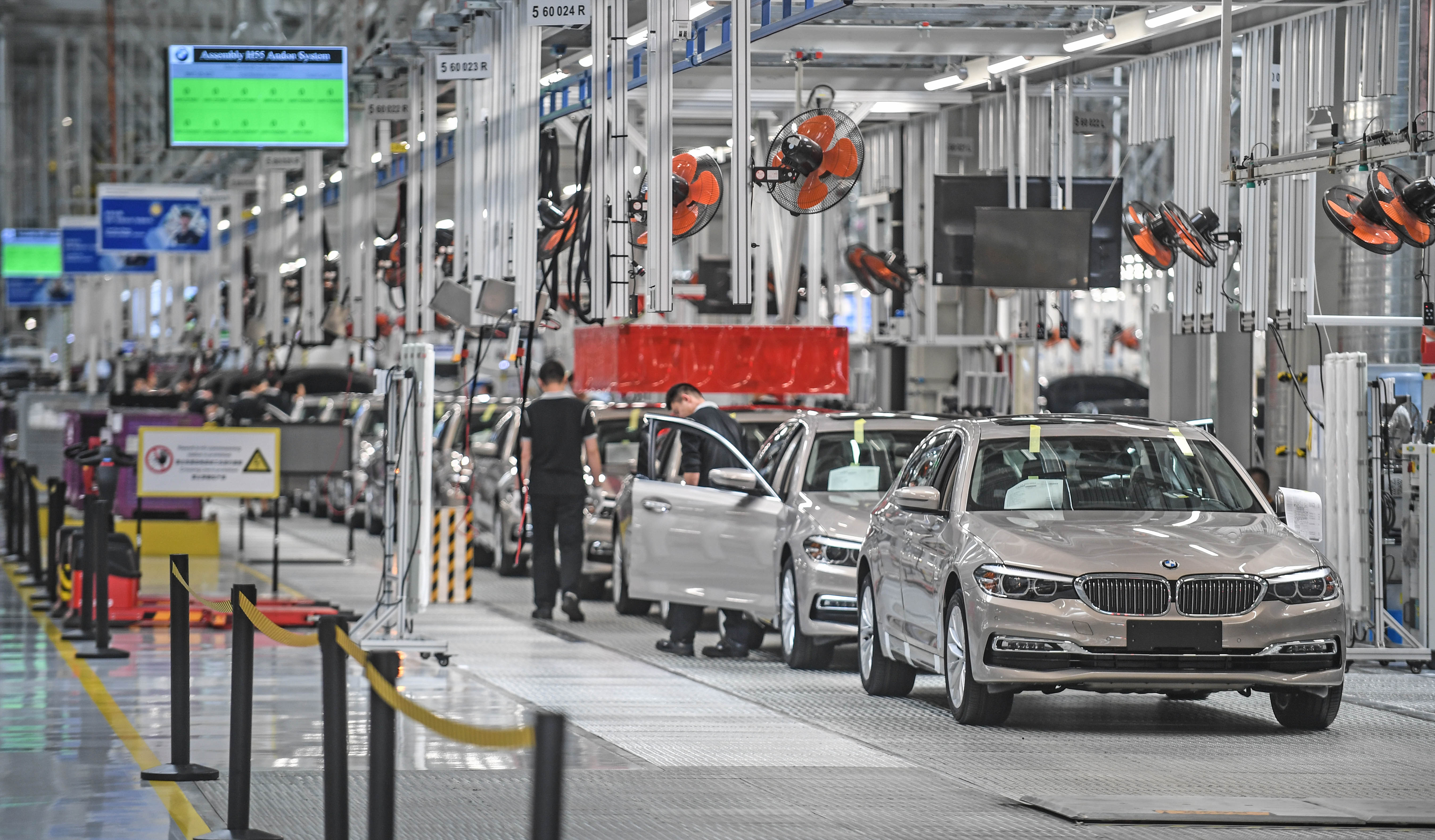
Workers are assembling vehicles at Dadong plant of BMW Brilliance Automotive (BBA) in Shenyang, capital of northeast China's Liaoning Province, May 23, 2018. (Xinhua/Pan Yulong)
BMW has invested around 56 billion yuan (about 7.98 billion U.S. dollars) in its Shenyang facilities since 2009. Last year, it announced its plan to invest over 3 billion euros in new and existing plants in the city.
Technology and Manufacturing Senior Vice President of BMW Brilliance, Daniel Schaefer, said more than a fifth of all BMW cars worldwide were produced in Shenyang last year.
From next year onward, BMW's fully electric iX3 models will be produced exclusively in Shenyang and exported to the world. "It showcases our new development chapter: in China for China and for the world," he said.
(Reporting by Cheng Lu, Cao Kai, Zhao Hongnan, Huang Yan and Xu Yang; video editors Yin Xiaosheng and Zhao Yong)



